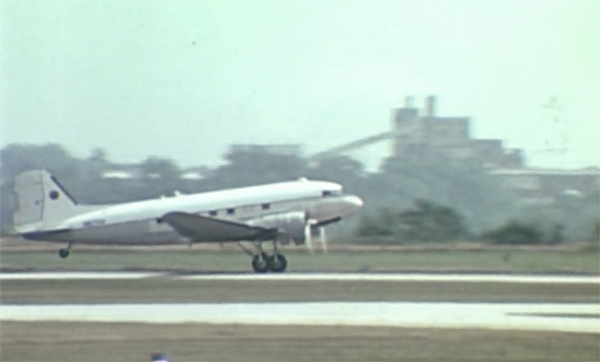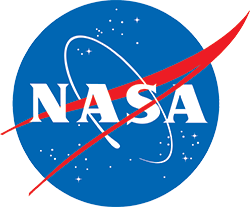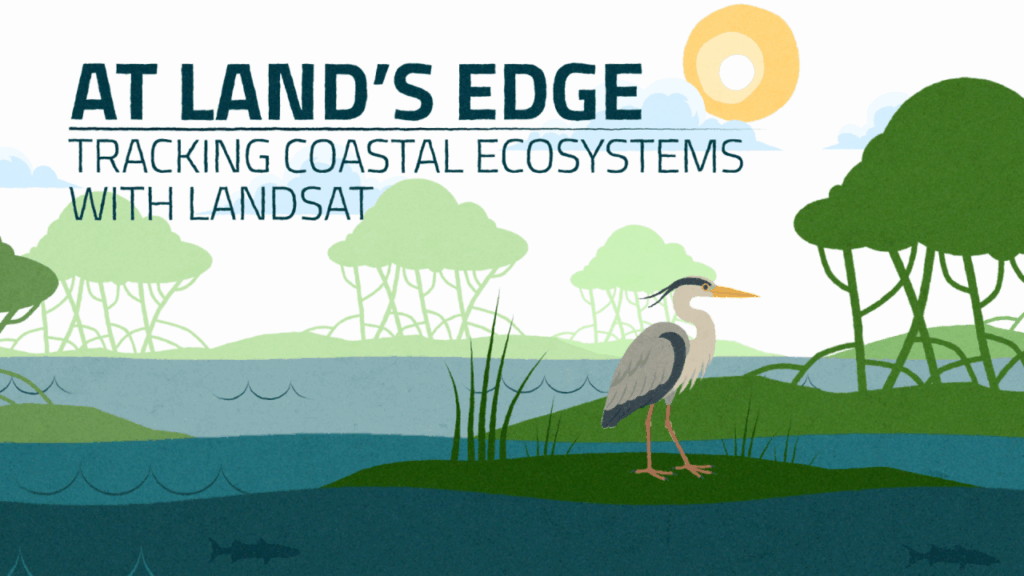Landsat 1 launched 50 years ago, initiating space-based global land observation with its Multispectral Scanner System (MSS) instrument. In the very first pre-launch user needs studies that helped define what information would be most useful to data users on the ground, the most influential input came from agronomists.

Midwestern laboratories, working closely with NASA and the U.S. Department of Agriculture, were keenly aware of the benefit of a bird’s-eye view of croplands, and knew that light reflected by plants could provide information on crop health, type, and even yield. Airborne studies conducted by Purdue University’s Laboratory for Applications of Remote Sensing and the Environmental Research Institute of Michigan, helped shape the Landsat instrument technology.
Fifty years on, remote sensing information from Landsat and many other satellite platforms is routinely used to aid food and water security programs. Four programs highlighted by NASA’s Space for Ag initiative are: the U.S. Drought Monitor, the NASA Harvest Program, OpenET, and the Crop Condition and Soil Moisture Analytics Tool.
Both the NASA Harvest Program and OpenET regularly use Landsat data, with Landsat’s thermal infrared information being a key data driver for the evapotranspiration information (which can be used to estimate water consumption) provided by OpenET.
A recent article in Successful Farming highlights the NASA Space for Ag activities and Landsat.
“Understanding how this planet works and helping people make better, informed decisions is really what we’re about in Earth Science,” NASA’s Earth Science division director Karen St. Germain shared in the article.
Dr. St. Germain shared a similar sentiment and more information about the Space for Ag initiative at the University of Nebraska–Lincoln this summer.
Related Reading
+ “Space for Ag” Listening Roadshow, NASA Earth Science Applied SciencesNews brief by Laura E.P. Rocchio





